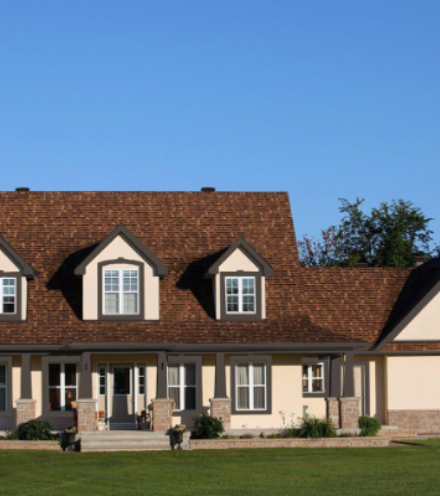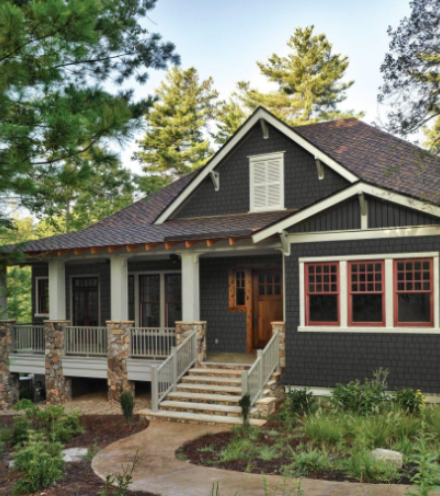Siding protects the exterior of a home, while giving it the appearance and style that completes its look. So, it’s no wonder that many homeowners go in search of siding materials that are durable, low maintenance, and attractive – something that will last for years, providing the best value possible for the home.

Steel Siding Problems
Steel siding is one material that has been gaining in interest from homeowners who have discovered that vinyl and wood aren’t necessarily the best way to go. Unfortunately, steel siding has several major problems that make it nearly as bad a choice.
1. Maintenance
One of the reasons that people tend to choose materials other than wood for their siding needs is the attraction to a lower maintenance product. Wood has a tendency to peel, as well as to rot, warp, and be prone to issues like insect activity. Steel does not have these problems, which on the surface makes it seem like a better material.
Unfortunately, steel isn’t as truly low maintenance as it seems. Like all metals, steel siding tends to fade over time. This makes the color become chalky; it will actually rub away from the siding and onto your hands or clothes if you brush up too close to it. The only way to remedy this problem is to put a vinyl type coating over the steel to protect the finish.
2. Durability
While it’s true that steel is more durable than wood, it still can’t be considered a truly durable and long-lasting product when used in this area of the home. Like all types of steel, this siding does have the ability to rust, particularly if the finish has been scratched or left unpainted for too long. Once the steel begins to rust, it can easily discolor and its integrity becomes compromised.
Steel siding may also dent upon impact. While it isn’t quite as dent prone as aluminum, a stray baseball or some good-sized hailstones can leave the siding with some unsightly marks. The installation is designed to reduce the appearance of flaws in the structure of the home, but also means that if the siding is to become damaged, the damage is much more apparent than it would be otherwise.
3. Installation
Steel is heavy. It’s one of the heaviest materials available for using on the exterior of your home, which in turn means that it’s difficult and expensive to install. Special equipment is needed for cutting and attaching the siding, and it often takes longer to install due to its weight. This means that your home will take longer to complete, and you’ll be paying for the added time in both labor and in temporarily lowered home value while you wait for its completion. It’s also more difficult to find installers who work with steel, which can also increase your costs and timeline.
4. Insulation Problems
Metal is a poor insulator, both from heat and from sound. Many homeowners with metal sidings, including steel, complain of hearing more noise from the outdoors, as well as higher energy bills year-round. While it is possible to insulated behind the steel, this is not nearly as effective as it can be beneath a less conductive material like wood or fiber cement.
Adding insulation behind the steel siding, also adds even more the considerable expense and installation issues surrounding the material. Many homeowners don’t find out just how poor an insulator metal siding can be until after it’s installed, as well, at which time it’s difficult to remedy the situation.
Make a Better Choice for Your Home
While there are several good quality, attractive, and low maintenance siding options on the market today, steel isn’t one of them. While metal siding has come a long way since its introduction, its drawbacks still outweigh most of its benefits. If you’re looking for a truly low maintenance, versatile option for your home’s exterior, consider fiber cement siding instead, and leave the steel to other purposes away from your home.




